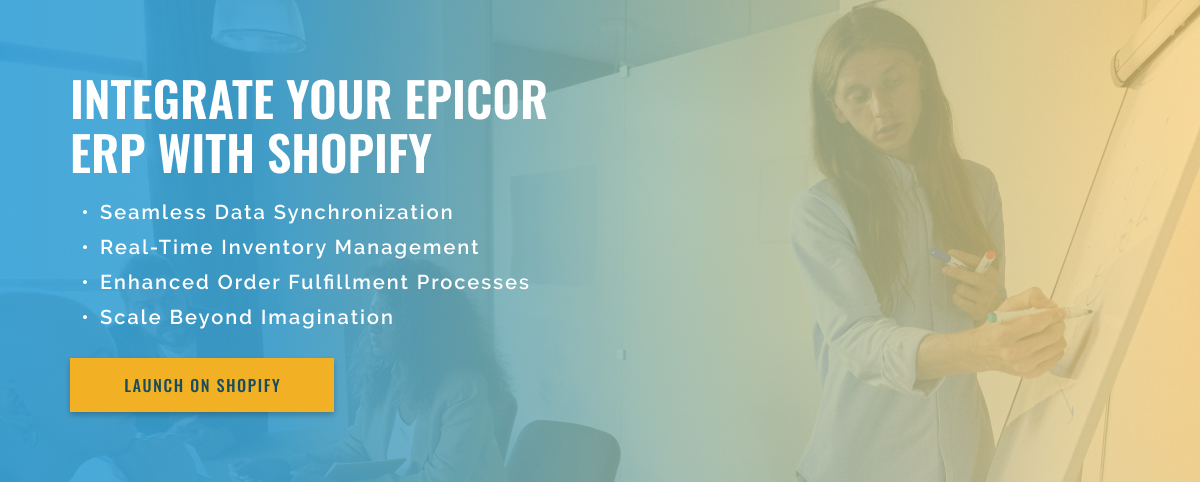3 minute read
A Guide to Migrating Data from Shopify to Epicor
In today’s digital world, it’s not uncommon for businesses to use multiple software systems to manage different aspects of their business. This is especially true for eCommerce businesses, which often use platforms like Shopify for their online store and ERP systems like Epicor for inventory and order management. However, as your business grows and evolves, you may need to integrate these systems to streamline your operations and avoid duplicate data entry.
While migrating data between these two systems may seem like a daunting task, it’s actually quite simple if you follow the right steps. In this article, we’ll cover the process of migrating data from Shopify to Epicor during the integration.
Step 1: Prepare your data The first step in any data migration process is to ensure that your data is clean and organized. This step is especially important when working with two different systems, as they may have different data structures and formats. It’s crucial to review and clean your data in Shopify to avoid errors during the migration process.
Step 2: Choose a migration tool There are many migration tools available on the market that can help you transfer your data from Shopify to Epicor. These tools automate the process and ensure a smooth data transfer between both systems. Some popular migration tools for Shopify and Epicor integration include Cart2Cart, LitExtension, and MOZU.
Step 3: Map Your Data At this point, you need to map your data from Shopify to Epicor. This means deciding which data fields from your Shopify store will be migrated to which fields in Epicor. To avoid discrepancies or missing information, it’s important to ensure that your data is assigned correctly.
Step 4: Test Your Migration Before you complete your data migration, be sure to run a test migration first. This will give you an idea of what your data will look like in Epicor and if there are any errors or missing information that you need to address.
Step 5: Perform the Final Migration Once you’ve successfully tested your migration, it’s time to make the final transfer of your data from Shopify to Epicor. This is done using your chosen migration tool, and the process should go smoothly and without errors if the previous steps have been completed correctly.
Once your data has been uploaded, it is critical to review it in Epicor and make any necessary corrections. It is also recommended to leave your Shopify store running for a few days after the migration to ensure there are no issues.

